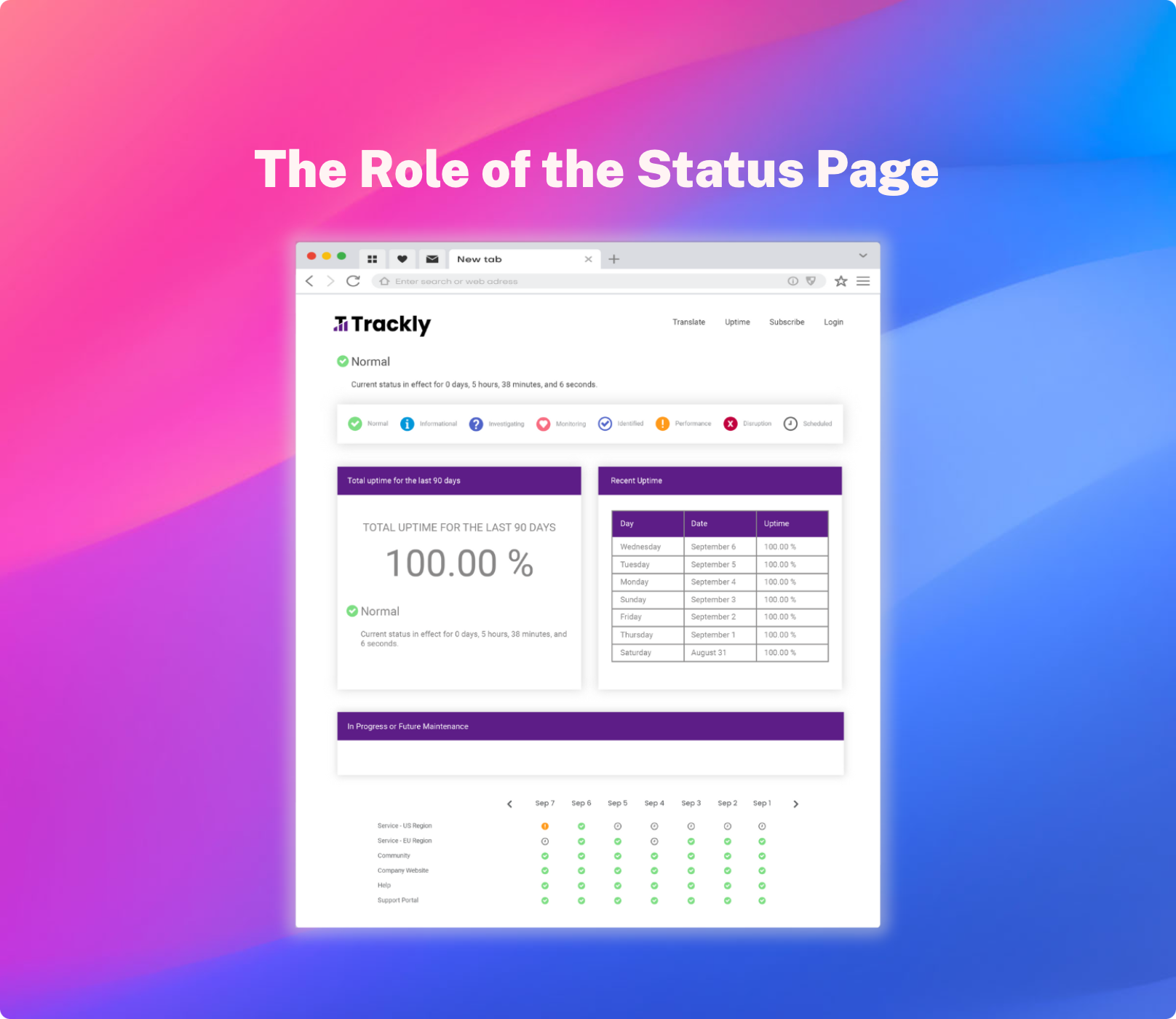Many reports have come out in the last 3-4 months evaluating the cost of application downtime, from the likes of Veeam, Infonetics and IDC. Late last year, the StatusCast blog shared data from the Ponemon Institute about the cost of application downtime, and included stats from Gartner for additional context. Here’s an update (and a breakdown) of who’s saying what about the costs of downtime and what it all means for your SaaS business:
Gartner (July 2014) – $336k/hr (with variance as high as $540k/hr)
Context: industry surveys
$5,600/min; $336k/hr (with variance as low as $140k and as high as $540k/hr)
Read more here.
Context: 450 U.S.-based data center professionals and focused on the root causes and frequency of data center downtime; costs include direct, indirect and opportunity costs from data center outages, including damage to mission-critical data, impact of downtime on organizational productivity, damage to equipment, legal and regulatory repercussions, and lost confidence and trust among key stakeholders
$7,900/min (reported $5,600/min in 2010); $474k/hr
37% of this cost is due to reputation damages and customer churn
Read more here.
And infographic here.
IDC (Nov-Dec 2014) – $100k/hr or $500k+/hr for critical failure
Context: Fortune 1000 companies, with revenue $1.39BB+
Infrastructure failure: $100k/hr
Critical failure: $500k-$1MM/hr
Most common time reported to repair the failure was 1-12 hours (NB this is 1-3 hours if it’s restoring from a production failure)
Average annual cost of unplanned downtime: $1.25BB-$2.5BB
Read more here.
Veeam (Dec 2014) – $105k/hr or $130k/hr for critical failure
Context: 760 companies across several countries and industries, each of which employees at least 1,000 people; costs include missed sales opportunities, lost productivity and data loss
Mission-critical applications: $130k/hr
Non-mission-critical applications: $105k/hr
US companies suffer an average of 12 incidents of unplanned application downtime per year. These instances lasted an average of 1.6 hours for mission-critical applications and 3.3 hours for non-critical applications.
Max annual cost of downtime $11.2MM
Read more here.
Infonetics (Feb 2015) – up to $100MM/yr
Context: 205 medium and large business in North America affected by Information and Communications Technology (ICT) application downtime
Up to $100MM/yr
Read more here.
Application Downtime, Company Reputation and SaaS Churn
While application downtime can be reduced, it cannot be eliminated. You need to have a strategy in place to protect your reputation—and relatedly, your recurring revenue—when an incident occurs.
The best strategy is making it as convenient as possible for the end-user to learn about when a disruption occurs and to be updated as service is restored. This level of respect and consideration for the customer will immediately help in repairing the reputation damage incurred by the service disruption itself.
Application Performance Transparency with a Hosted Status Page
A hosted status page communicates the current status of your application, and includes an historical record of past performance and any notifications of upcoming scheduled downtime. StatusCast can extend the reach of this page by offering end-users the option of subscribing to updates via email, text message (SMS), twitter, etc rather than having to proactively navigate to the status page URL on their own.
StatusCast allows you to set up a hosted status page in less than 10 minutes that can easily integrate with your application performance monitoring (APM) tool (e.g. New Relic).
Integrating with your APM allows you to use StatusCast to translate the information you’re already getting from your APM into updates sent in terminology your end-users will understand and sent only to end-users affected by the particular disruption.
StatusCast also allows you to set whether those updates are sent automatically, with a set time delay, or will not send until receiving manual approval.
You can learn more about StatusCast here.





